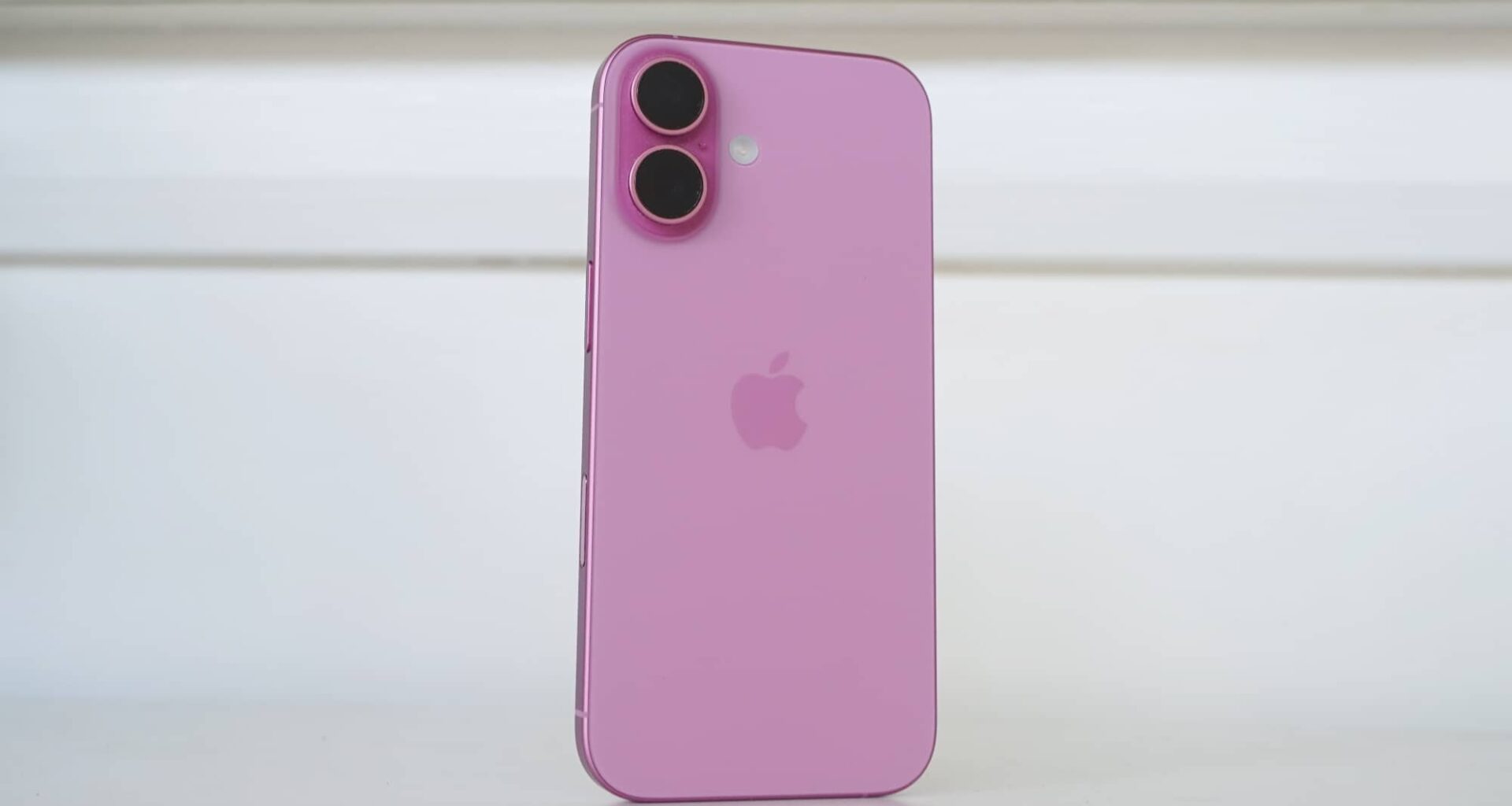Quick review
The good
The not-so-good
What might look like a minor update has resulted in one of the most complete iPhone models yet. Is the standard iPhone 16 the iPhone for everyone this year?
Planning for the future isn’t easy at the best of times, but typically when we consider a new phone, we’re doing just that. Ideally, we’re thinking about what we want to keep us connected for the next two or three years, possibly longer.
Unless you happen to be upgrading yearly or earlier, a new phone will likely remain your mobile for several years, which means you need to consider every aspect. Is the size right? Will the battery last? Does it have a camera you can depend on? Does it have the features to keep you going?
Software updates can help you extend the life of your phone, but the hardware is more or less “locked in” from the moment of purchase, making it important to pick the right phone. That’s often why finding a phone that offers a great balance of everything is so vital. Rather than buy something that excels only at one thing, you can look for something that does it all, and will keep doing it all for the entire life of the phone.
For several years now, that has largely been what the standard iPhone model has been about. While the Pro and Pro Max give you the best of everything that year, the model missing the “Pro” name is more about giving you enough of everything to keep you going, while still delivering a best-in-class experience.
Some have been better than others, of course, but with Apple’s latest, delivering that standard best-in-class appears to be back, with what could be its most useful long term proposition in ages. Is the iPhone 16 the new standard, or should you spend up on Apple’s other iPhone options?
Design
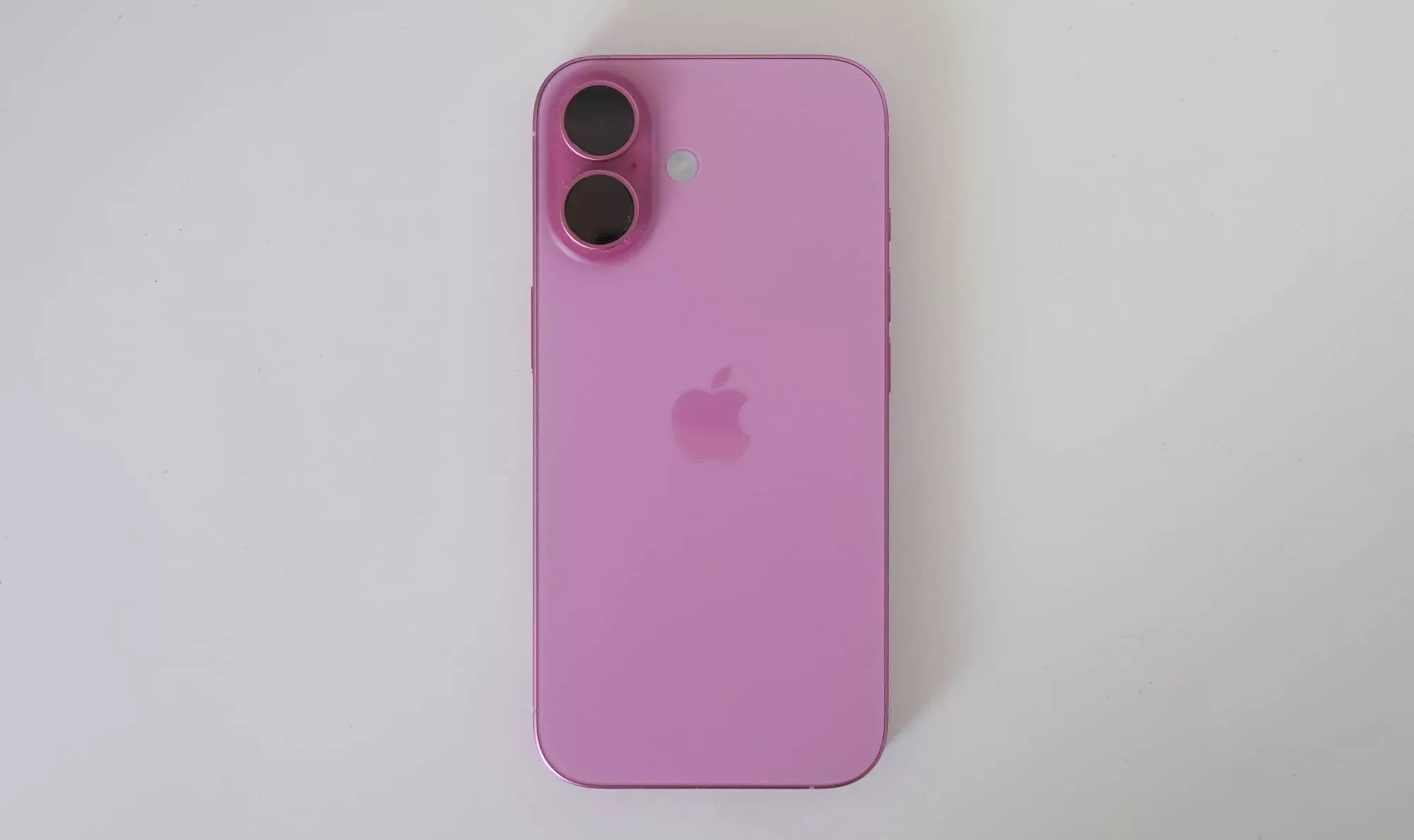
Offering a bright new colour set in a familiar style, the iPhone 16 delights with design. It’s that same simple front you’ve come to expect, with a deliberately minimalist back complete with a change to the rear camera block.
Inside of an obvious camera block holding two cameras in traffic light or diagonal design, the iPhone 16 almost harks back to the stacked camera design first seen in the iPhone X back in 2017.
Seven years later, the rear cameras are familiar, but slightly updated, all of which sits on a design Apple has largely kept the same since the iPhone 12 several years ago.
Some might regard this as stale, but we think it’s fine, as the sense of minimalism lets you focus on the phone and how you use it, rather than needing to impress with a new or playful exterior.
In short, the iPhone 16 looks very much like what we’ve come to expect an iPhone to look like, and that’s not a bad thing.
While the standard iPhone is still an aluminium-framed glass marvel — unlike its titanium-framed sibling in the iPhone 16 Pro — it keeps up Apple’s excellent industrial design and still looks lovely, except now with brighter colours. Significantly brighter colours when you compare them to what came before in the iPhone 15.

Features
Inside, there’s some new technology as Apple makes a change or two.
The main change is in the processor, as the A16 from the iPhone 15 previously takes a bit of a leap over to the A18. The new chip includes a 6-core GPU with four efficiency cores and the remaining two for power, plus a new 5-core graphics processor, and a newly developed 16-core Neural Engine for AI processes. That’s paired with 8GB RAM, and a choice of either 128GB, 256GB, or 512GB storage. Our review model is the 512GB option.
Two cameras can be found on the back, and they’re a little different, as well. There’s a camera Apple calls a “Fusion” camera, covering a 48 megapixel F1.6 complete with sensor-shift optical image stabilisation able to downsample and stack images, resulting in images sizes of 12 megapixels, 24, or keeping the output exactly at 48 megapixels if you want a big read out from the sensor.
That big sensor also allows you to get a little closer, supporting a “2X” mode that crops the sensor slightly, all without the need for a secondary telephoto camera.
Apple has also brought in a new 12 megapixel ultra-wide set to F2.2 and able to provide support for close-up macro photography, as well.
Support for 4K video can be found across both, though most of the great tech is in the main wide camera. It’s a similar situation with the front camera, which boasts a 12 megapixel autofocus camera supporting an aperture of F1.9.

In terms of connections, you can be expect some modest upgrades here and there, with 5G, Bluetooth 5.3, GPS, ultra-wideband, NFC for Apple Pay, and USB-C sticking around from last time, while WiFi is upgraded to 802.11a/b/g/n/ac/ax/be WiFi 7 this time. Slightly faster WiFi for the slightly faster iPhone 16.
The iPhone 16 arrives with a water resistance rating of IP68, making it both dust and water resistant, and supports Face ID security. It can be charged over either a wired Type C USB connection, or wirelessly using Qi, MagSafe, or Qi2, providing a little more speed on the last two.
| Model | Apple iPhone 16 |
| Chip | Apple A18 |
| RAM/Storage | 8GB RAM; 128GB, 256GB, 512GB |
| Display | 6.1 inch OLED, 2556×1179 |
| OS | iOS 18 |
| Cameras | 48mp F1.6 main wide, 12mp F2.2 ultra-wide with macro |
| Connections | 5G (sub-6), WiFi 7, Bluetooth 5.3, GPS, NFC for Apple Pay, USB-C |
| Size/Weight | 7.80mm, 170g |
| Price | Starting from $1399 AUD |
Display
Atop all of this is a 6.1 inch OLED display, something that hasn’t changed since the previous model. The edges are slightly curved with a slim bezel and frame, and you’ll find Apple’s Super Retina XDR resolution of 2556×1179 displaying 460 pixels per inch.
It features the Dynamic Island as per last time, a small cut-out section of the screen primarily there for the camera and Face ID technology that also expands and works as a button for apps.
That was there last time, and it’s here again, alongside Apple’s True Tone room-based white balancing technology, the P3 colour gamut, and support for HDR.
About the only “new” part of the screen is an update to Apple’s Ceramic Shield screen protection introduced back in 2020, which is a new generation designed to be even tougher on scratches.
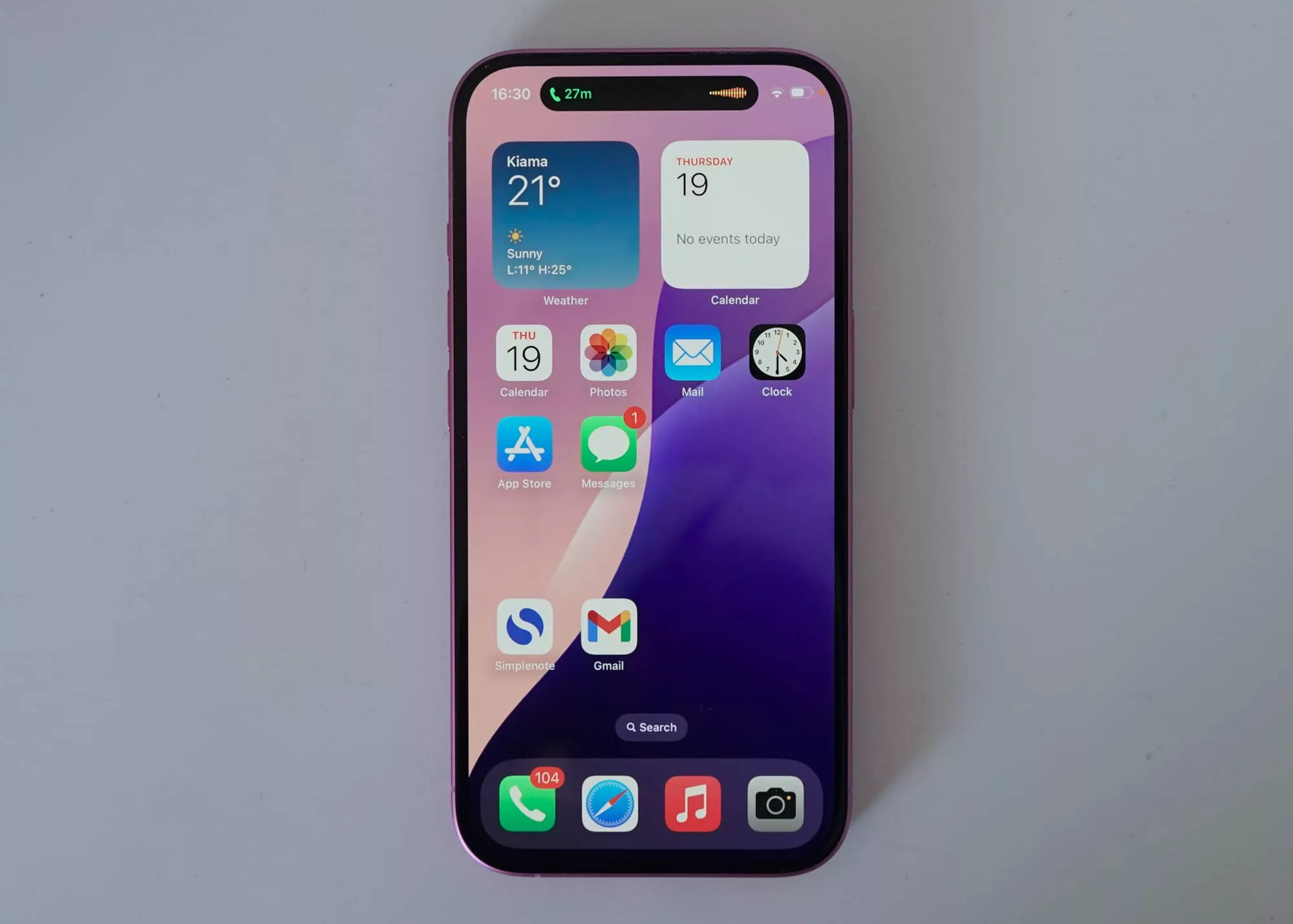
In-use
With the features out of the way, it’s time to get right into using the phone, and that is pretty much everything you’ve come to expect: power button on the right edge, volume buttons on the left, with plenty of home screens, gestures and an app menu.
Arriving with iOS 18 out of the box, iPhone owners can easily tweak and customise their home screens and icons, with creative control delivered in much the same way Android owners have had for years.
Tint the icon colours, space out your icons, and — something new — opt to use different icons for daylight and dark modes; you have more options on the iPhone with iOS 18, complete with more controls in the dropdown power control screens. You even get the chance to customise the iOS lock screen, complete with the shortcuts it shows.
Everything feels a little easier in this iteration, even if it also feels largely the same. Despite this, Apple has added a couple of new buttons this time around.
On the left edge above the volume rocker, the mute switch has now become the Action Button, a feature introduced on last year’s iPhone 15 Pro. By default, that button is preset to be the mute switch, something you can hold down to trigger, but you can also remap it for other functions.

The right side also houses a new buttons of sorts, and it’s one that might take some getting used to.
An all-new feature for the 2024 iPhone models, the camera slider button is both a button and a slider, allowing you to control the phone camera with a touch more precision than simply swiping on the display.
You can squeeze the button to launch the camera, and then much like a proper interchangeable lens camera, a half squeeze will focus and a full squeeze will fire the shot. That’s nice.
Apple has also included vibrating haptics beneath the button allowing it to work as a slider of sorts. Run your finger over the slider and you’ll directly control another feature, such as aperture control in portrait mode, changing the F-stops without having to touch the screen. You can change cameras and modes this way, as well as other settings, and in video control the zoom.
The addition of this camera control brings a little more to the iPhone camera package, though it’s one that will take some time getting used to, and could make a difference with how you pick cases.
Most third party cases we’ve seen lack a built-in button for the new camera control button, instead carving that section out of the case. Meanwhile, Apple’s own cases, as well as those made by Beats (which Apple owns) includes the button.

Performance
Start using the phone and you’ll find a new chip waiting for you to get the most out of it. It’s not unusual to see a new chip, but this year, there’s ample reason: Apple needs decent processing power to make use of Apple Intelligence.
At the time of reviewing, we weren’t able to put Apple Intelligence to the test. Only available in beta, we opted not to include Apple Intelligence for the initial review, and will come back to it later on when it’s available for more Australians than those on the beta list (we have a developer account, so we’re testing it now).
Even still, AI may not be the reason you specifically buy a phone, and that’s fine. There are plenty of other features here, and performance appears to be one of them.
Featuring the new A18 chip, upgrades aplenty are definitely here, with the iPhone 16 really delivering quite a system.
Tested against previous iPhone models, it’s pretty clear the latest phone has the edge, outpacing every previous model in fairly obvious ways.
Even comparing last year’s flagship A17 Pro chip versus this year’s A18 shows just how solid the hardware is, essentially giving iPhone owners much of what made the Pro and Pro Max models so capable last year in a chip released this year.
However, it gets better when you compare the iPhone 16 against some of the year’s other big phones, namely in the Android camp.
Even phones with the Qualcomm Snapdragon 8 Gen 3 can’t quite match what Apple has in the iPhone 16, with the Pixel 9 Pro XL’s Tensor G4 hardly being able to match the synthetic benchmarks on offer from rivals.
It’s worth noting that benchmarks across iOS to Android aren’t exactly the same, so the test may just be academic, but it still shows how much grunt the new iPhone has.
Outside of benchmarks, our time with the iPhone 16 delivered excellent performance regardless of what we were doing. Apps loaded quickly, and we could easily jump between others, with minimal to no lag as we used the phone.
Mobile performance was decent, too, though your connection, location, and telco will be the obvious factors here.
Testing the iPhone 16 in Australia across the Telstra Wholesale Network via Mate, we found speeds as high as 185Mbps in our tests, though you may find better. Australians will get the sub-6 5G iPhone 16 locally — no mmWave for us — but that should be fast enough for most.
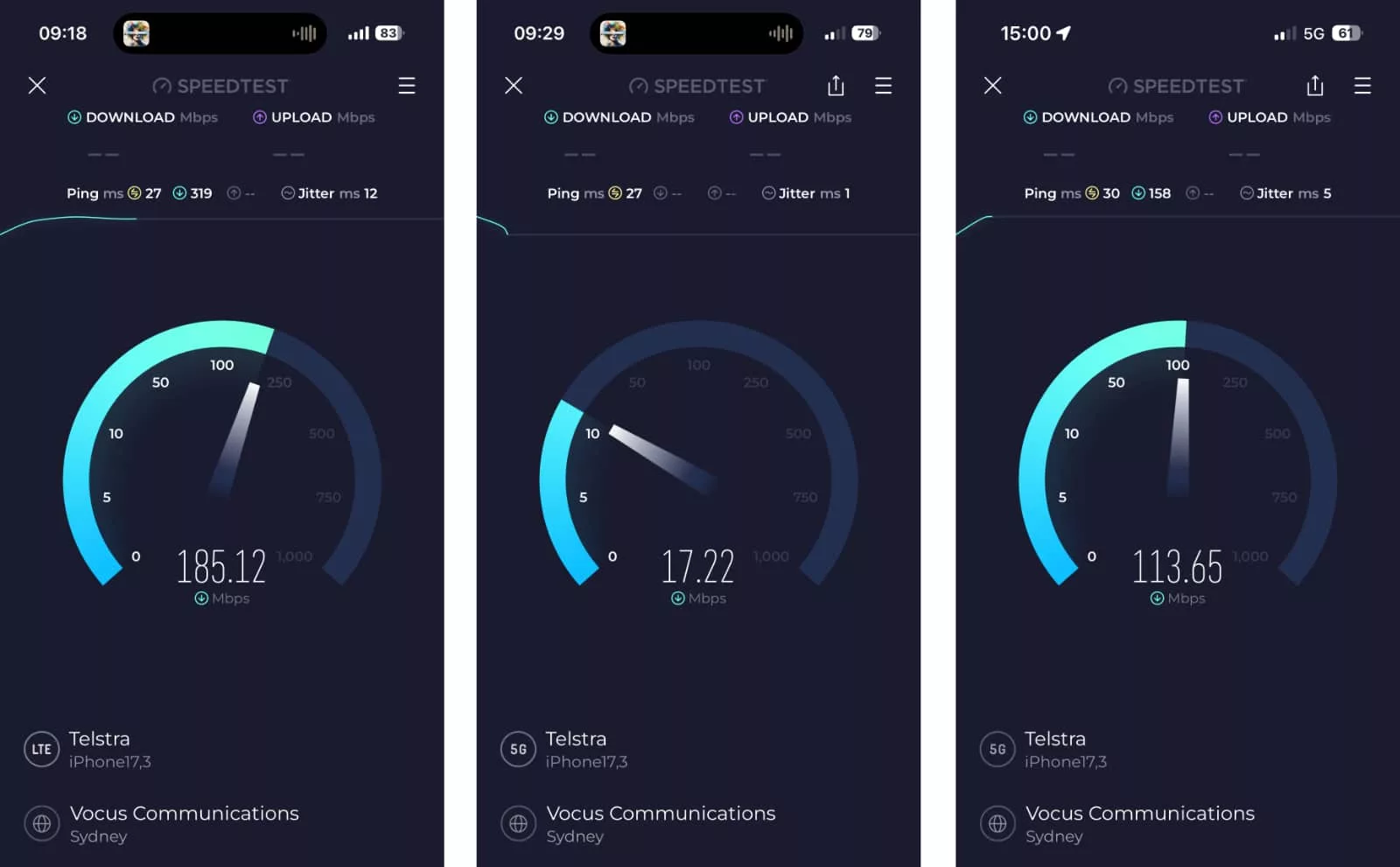
Camera
The cameras have also seen a slight improvement, as Apple changes both the camera module and the sensors inside.
Last year’s iPhone 15 saw a new 48 megapixel camera that could work with a built-in 2X mode thanks to image cropping, and this year retains that logic with the Apple “Fusion” camera, an approach that blends images to produce better photos overall.
In the iPhone 16, it’s another 48 megapixel sensor with an F1.6 aperture , albeit one that works with various images to blend the difference, also able to downsample its 48 megapixel sensor to a standard 12 megapixels for most shots. That’s handy because the secondary camera is also a 12 megapixel, an ultra-wide F2.2 which this year comes with the handy addition of a macro mode.
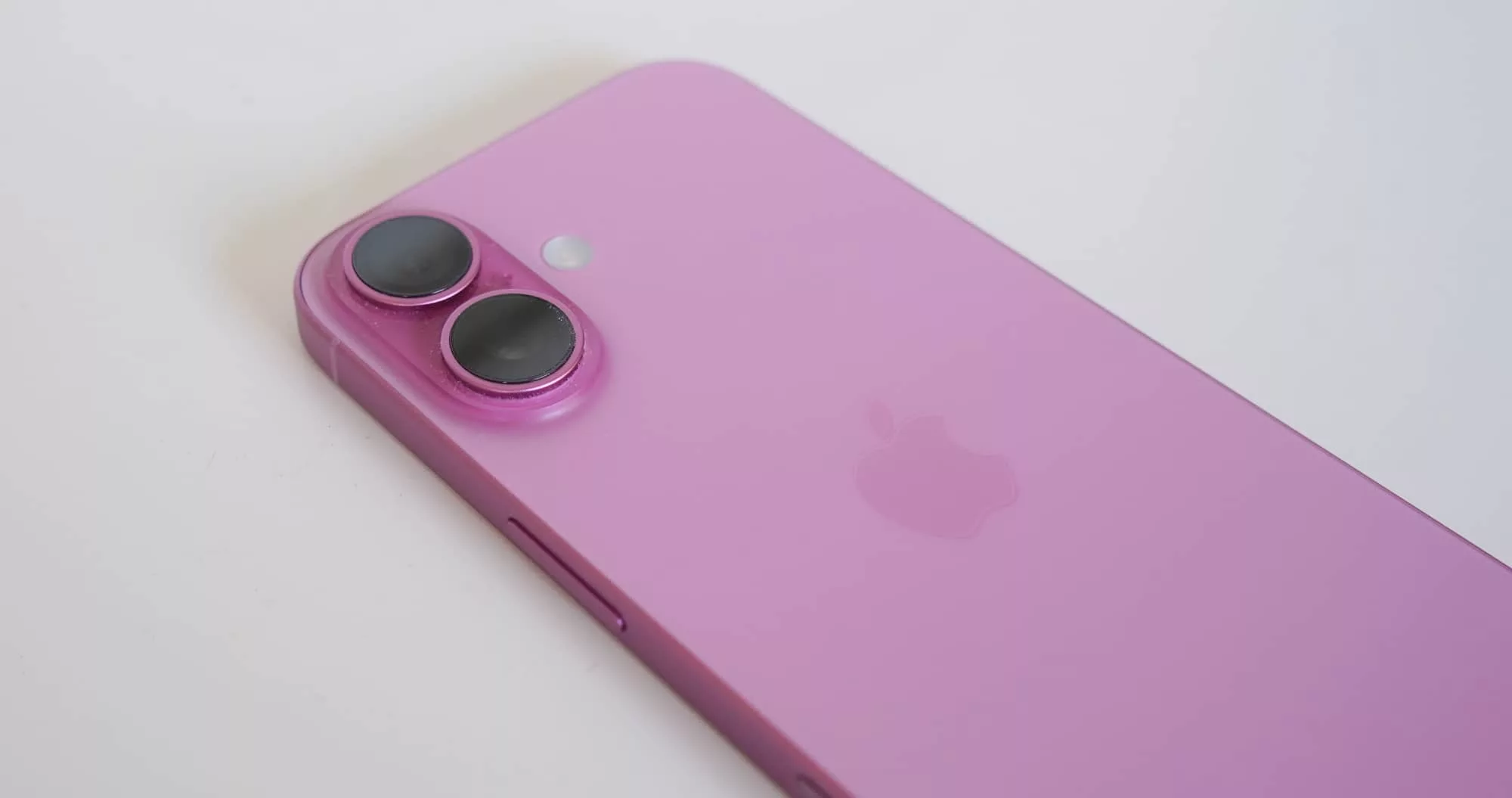
Yes, just like the Pro and Pro Max models, you’ll be able to get up close and personal with objects, food, flora and fauna and so on, snapping sharp detailed images. Macro is no longer just a feature for the high-end, now seen on Apple’s iPhone for everyone.
It’s an addition that really helps the whole picture, with the iPhone 16 delivering great images overall.
Daylight shots were sharp and crisp, with great colours across the board, while low-light shots were brighter than you may expect, thanks in part to more image stacking on this side of things, as well.
Portrait mode support is also here, something that works regardless of whether you’re actually in the portrait mode or taking a standard shot, able to do the portrait background de-focus trick after you’ve taken the shot.
Meanwhile, Apple also includes support for spatial photos and videos in the iPhone 16, handy if you’re thinking of selling a kidney to get a Vision Pro, or waiting until a less expensive model arrives later down the track.




Photographic Styles
One other feature is handy for creative-types, as Apple improves its “Photographic Styles” concept.
When Apple rolled this out a few years ago in the iPhone 14, you basically selected a filter to apply to your images, applying colours and tonalities to your shots ahead of time.
Things are a little different in the iPhone 16, with customisation able to be applied and the tonality also being able skin tones. Photographic Styles works for filters, as well, letting you capture in monochrome with some tweaked contrast and brightness, ensuring the snaps you get match a look or style, much like with digital film conversion apps.
It’s a level of tweaking that means you get a little extra control, and might be able to cut back on needing another app or two for the same thing.

Camera Control
Throughout this, you can use Apple’s new Camera Control slider and button on the right edge, and it works in portrait or landscape mode. The addition is handy at times, though the volume key works just as well for firing shots, with the Camera Control slider more useful for changing styles or dialling in other options, such as the aperture in portrait shots.
You’ll also find a video mode here, of course, supporting both Full HD and 4K video, slow-motion Full HD at 240fps, and now support for spatial video recording and macro video recording, thanks to the iPhone 16’s addition of macro support.
It seems like most aspects of the standard iPhone see an improvement in some way or another, and there are more.
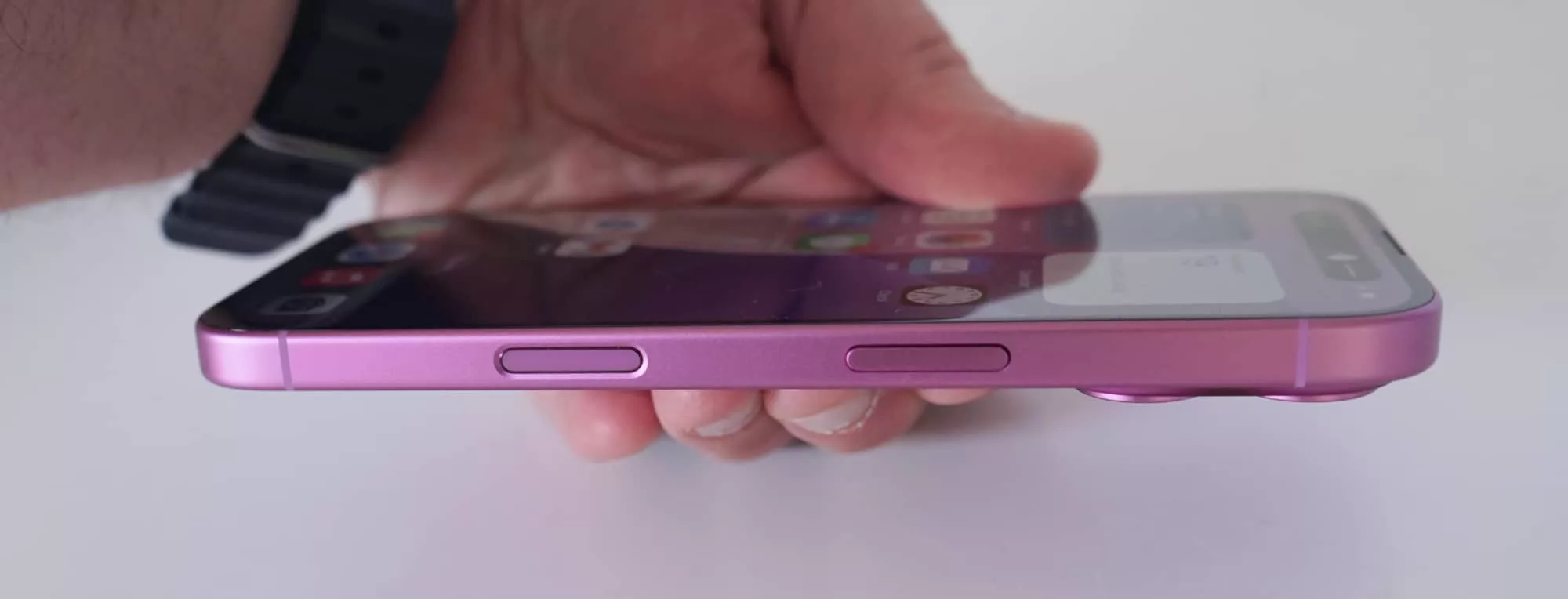
Battery
Another area to see a slight improvement is the battery.
Long life is a problem for most phones, but the iPhone’s battery woes are a known issue, and one only the larger models tend to solve well. Grab an iPhone Plus or Max and you’ll benefit from a bigger battery. Meanwhile, the smaller or more normal models won’t typically see that benefit at all.
In the standard iPhone 16, however, Apple has made minor improvements to the battery life, likely from the changes to processor and the technology inside.
Our time with the iPhone 16 revealed most people would probably need a charge nightly, but we found 5 to 6 hours of screen time per day was definitely possible and a total of 30 hours of use if you needed to push things.
In short, you could survive a full day with the iPhone 16 if you needed to.
Fortunately, charging the phone is easy enough, with Apple supporting both USB-C charging and wireless over Qi2 and MagSafe, which are both Qi compatible, too.

Value
The price is also decent, starting at $1399 in Australia for a 128GB iPhone 16. That might be a little high for the model just below flagship, but that’s also likely part of the fun of the upsell.
If you need the better standard-sized iPhone 16, complete with the faster screen, the better camera, and the more durable case, not to mention a slightly bigger 6.3 inch handset, it’ll cost $400 more with a starting price of $1799 locally.
Overall, the value could be a little better, but we’re not thoroughly surprised.
What needs work?
While the price could be a little better alongside that battery life, our only complaint is for the screen, with Apple still sticking with a standard 60Hz display for the standard non-Pro models.
That’s unfortunate. Apple’s ProMotion displays grant the iPhone an always-on screen with the ability to stop the refresh rate down, while also making animations just that more slick when scrolling websites, playing games, and generally using the phone.
Without it, the iPhone is totally fine, but the faster ProMotion displays are definitely nicer.

We’re frankly not surprised Apple hasn’t included one on the standard 16 — it needs to save a few features for the more premium model — but it’s unfortunate there’s been no compromise given fast refresh rate displays are now becoming the norm flagship Android devices, even trickling down to the mid-range.
An iPhone isn’t really ever competing with those devices, so we get the argument as to why not, and yet at the same time… why not? Why doesn’t Apple have a ProMotion display that maxes at 90Hz versus the 120Hz in its Pro and Pro Max phones? Why hasn’t ProMotion pushed beyond to the 240Hz mark, and the other technology trickled down yet? Those are questions only Apple can answer, unfortunately.
Right now, the omission of a speedy refresh rate display doesn’t diminish the iPhone experience in one way. Using an iPhone 16 is great regardless. But we’d just like to see a faster screen roll out to the standard model, as well. It just makes sense.
What we love
There’s a lot in the iPhone 16. A lot to evaluate, a lot to consider, and that’s probably what we like about this phone the most: there is a lot here, making it just about the most well-rounded iPhone option in a while.
The Pro and Pro Max models will always be top dog, but the standard 16 this year is a well-rounded handset, delivering pretty much everything you need and nothing you don’t.
It’s the new standard.
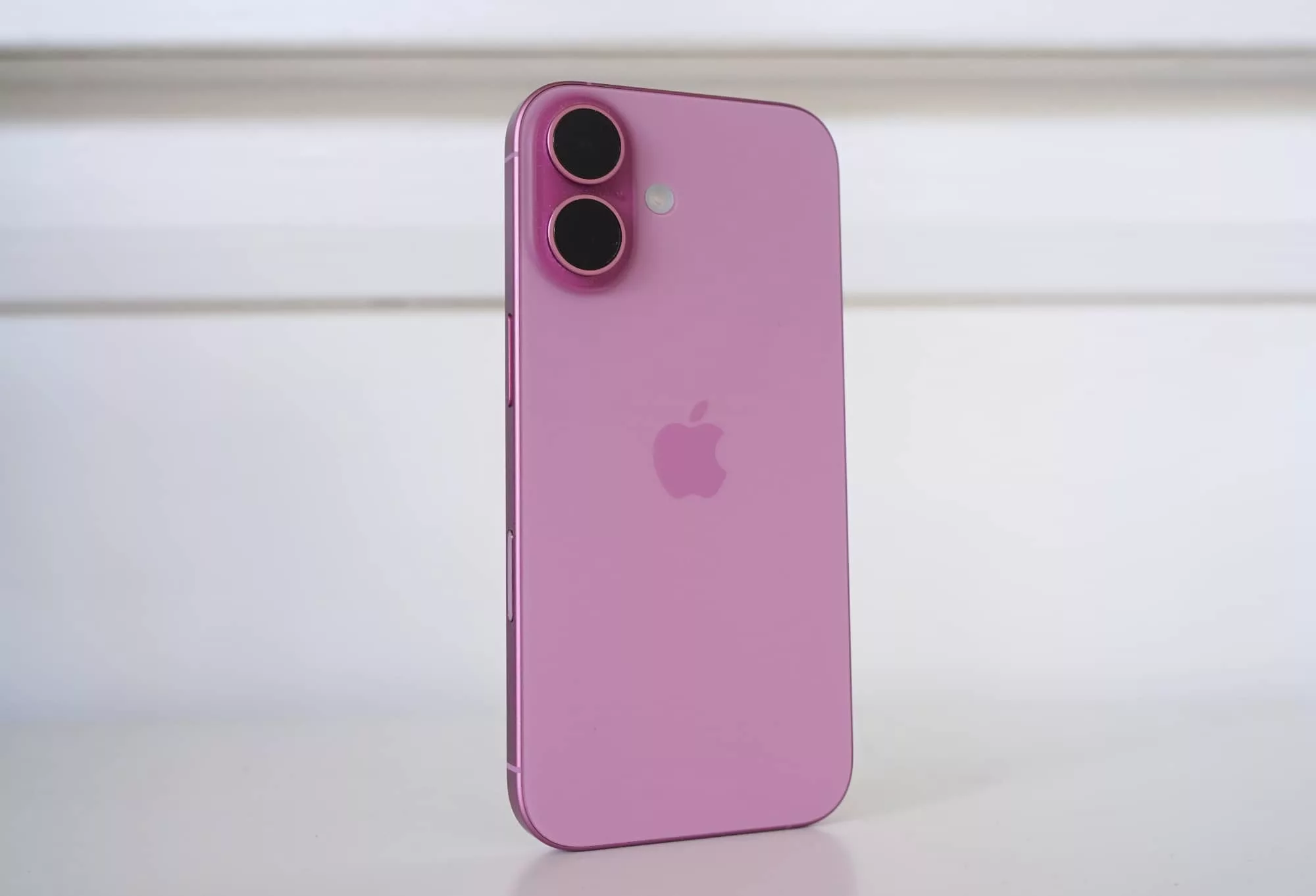
Final thoughts (TLDR)
Fans of the iPhone may be quick to point out that the iPhone 16 is also somewhat ordinary and lacks excitement. And sure, the design is largely the same, the features are similar, and the overall phone is a modest and somewhat iterative improvement on its predecessors. We get it.
At the same time, the iPhone 16 rounds off Apple’s main phone for everyone delivering a good, solid balance. That’s what the iPhone 16 is: balance.
Features from the Pro models have trickled down in this version, while others have been introduced to both for the first time. The camera is better, the performance is better, and the design is largely the same. That’s not a bad thing by any stretch of the imagination.
If anything, the iPhone 16 is an iPhone for everyone in all the best ways. What you’ll miss out in the Pro model will be such a minor difference to anyone who isn’t a creative or enthusiast photographer, while everyone else gains a win. That’s tremendous for most phone buyers, who will also get a dose of AI later this year when Apple Intelligence rolls out.
Right now, the iPhone 16 is a tremendously balanced proposition worthy of almost every iPhone buyer. About the only way it could be better is with a larger battery, and Apple has a plus-sized model we’ll be checking out soon enough.
If one day of battery life is all you need or you can reach for a charger with no issues, the iPhone 16 makes for one of the more well-rounded phones of 2024. It should keep you going for a few years and is worth checking out. Recommended.



